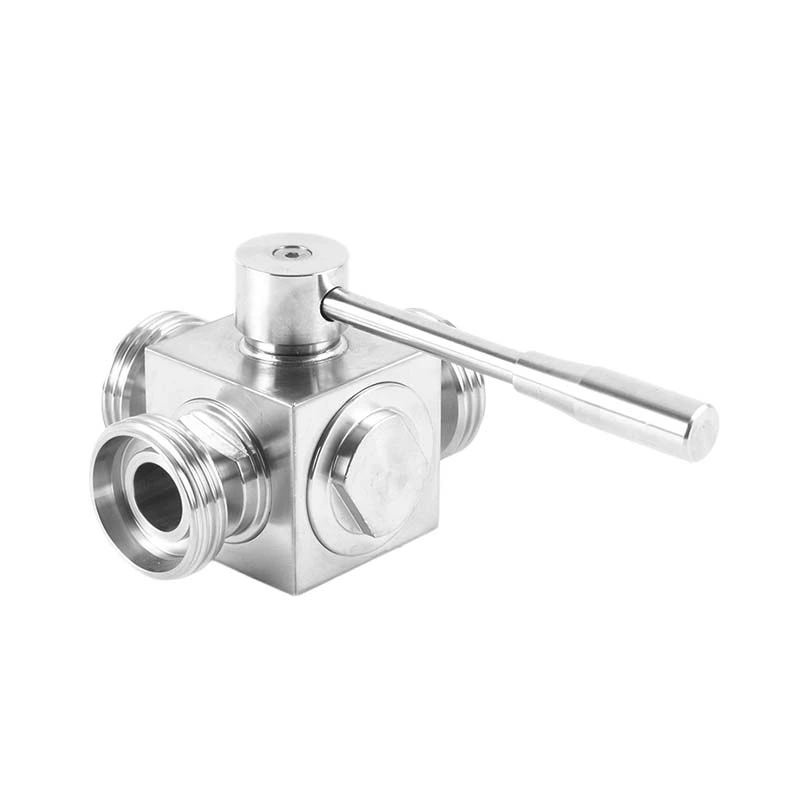What Are The Requirements For The Installation Of Threaded Ball Valves And Sanitary Ball Valves?
What are the requirements for the installation of threaded ball valves and Sanitary Ball Valve?
General ball valves do not mark the direction and can be installed at will. In theory, ball valves have no direction, but in actual installation, in order to prevent excessive leakage between the valve body and the valve cover, the ball valve body is usually connected to the direction of the tank or material. Some ball valves are directional, usually marked on the ball valve, and cannot achieve good sealing if installed upside down. Ball valves are divided into one-way sealing ball valves and two-way sealing ball valves. The former has directionality. If it is installed upside down, it cannot guarantee sealing under full pressure differential conditions, while the latter has no directionality. From the structural point of view, there is a distinction between two-way sealing and one-way sealing: two-way sealing generally has no flow direction requirements, and one-way sealing has flow direction requirements. If it is a manual ball valve, it has no direction, but if it is a control valve, it has direction. V-type ball valves and eccentric semi-ball valves are both directional, and the medium flow direction mark is generally marked on the valve body. Floating ball valves and fixed ball valves are bidirectional, while eccentric hemi-ball valves, V-type ball valves, and lifting stem track ball valves are unidirectional. Ball valves are divided into O-type ball valves and V-type ball valves. O-type ball valves adopt a floating structure, the ball core is a precision casting, the surface is hard chrome plated, the valve seat is made of reinforced polytetrafluoroethylene material, the flow channel is the same as the pipe diameter, the flow capacity is extremely large, the flow resistance is extremely small, and there is no leakage when closed. It is generally used as a switch valve, especially suitable for high viscosity, fiber-containing, and granular media; V-type ball valves adopt a fixed structure, with a V-shaped cutout on the ball core, which can achieve proportional adjustment, and the flow characteristics are approximately equal percentages. The medium flows on the valve body.
As a user, O-type ball valves are generally used for switching, and are basically bidirectional seals, so there is no direction requirement; V-type ball valves are used for control, and are generally unidirectional seals with direction requirements. In actual use, the features of each supplier's products may be different. You only need to check whether there is a flow direction indicator on the valve body. If not, it is a two-way seal and there is no installation direction requirement. If there is, you need to install it according to the indicator to achieve a good sealing effect.
